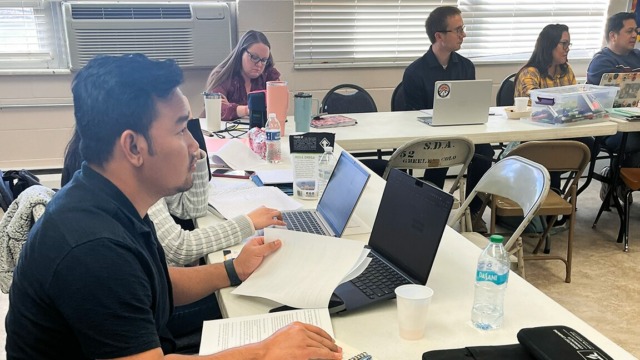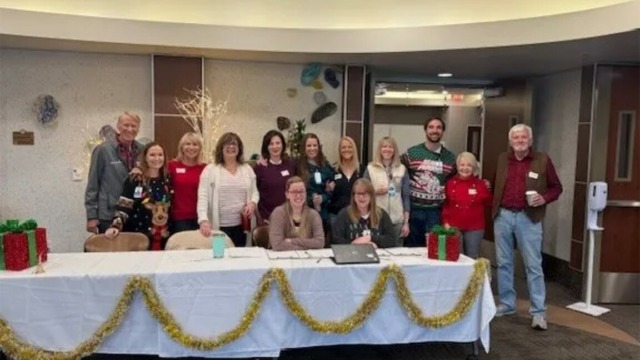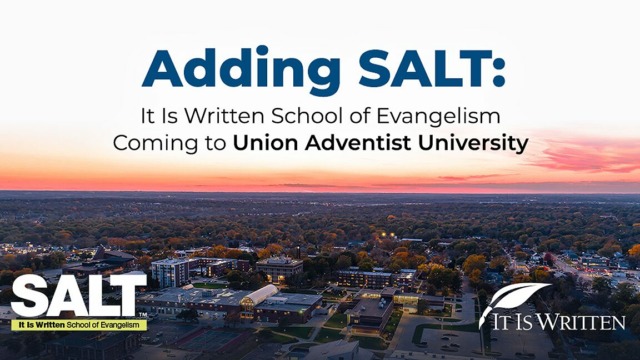Thomas L. Lemon – Silver Spring, Maryland … When Rachel Preston remonstrated with Frederick Wheeler over his apparent rejection of the 10 Commandments in March of 1844, neither of them knew what would result from their exchange. Preston, a Sabbath-keeping Baptist, and Pastor Wheeler, a faithful proponent of traditional Sunday observance as well as a new believer in the imminent return of Jesus, were the instruments God used as the first Sabbath-keeping Adventists in the United States.
Not long after the disappointment of Oct. 22, 1844, the conversation Preston and Wheeler began gained the attention of Joseph Bates, and then James White, Ellen Harmon, and some others. And from those conversations, the roots of what we know today as the Seventh-day Adventist Church took on new life.
GLOBAL KEY FACTORS FOR ENDURANCE
Currently, church records globally show our movement with over 23 million members. Those members are scattered throughout nearly all the inhabited world. Even as recently as late last year, the church re-established its presence in Greenland.
How does a church that social scientists describe as the one of the most diverse Christian denominations manage to stay together, stay healthy, and keep growing—over 180 years later?
Without a doubt, the blessing of God has been at work in powerful ways. Yet built on that foundation, there are several other factors: 1) a unique but biblically powerful prophetic message; 2) an organizational structure of interdependent entities enabling fast and effective communication streams available to all members; 3) a K-graduate school system that continually educates the next generation in the message and lifestyle of the church and lifts the cultural conditions of the regions in which they operate; 4) a system of health entities that inform the lifestyle and gain the attention of the general public globally. And more.
HOW DOES THE STRUCTURE WORK?
The structure of the church works like this: a person joins a local church and becomes a member; groups of local churches band together in local conferences; local conferences join themselves in groups into what we call union conferences, or sometimes union missions. The unions are the building blocks of the General Conference (GC) itself.
Each unit or level of the church is tied to the other levels through shared beliefs, shared policies, and a shared mission. Except for the individual member and the local church, the other entities (conferences and unions) are constituency based, with delegates and leaders selected to represent the membership when those groups meet periodically in harmony with their organizing documents.
The General Conference constituents are members and local leaders selected by the union conferences around the world. Care is taken to make sure the delegates are representative of those areas of the world from which they are chosen. Those delegates will number nearly 3,000 when they gather this year in St Louis, Missouri, July 3-12.
The General Conference has divided itself into 13 divisions around the world. Joining those divisions are four attached fields, not included in the unions and divisions because of geo-political conditions. Unions are the foundations of the General Conference, but the GC itself is the foundation of the divisions and the attached fields.
When it comes to the GC Session, which meets every five years in a quinquennial session, the structure of the church is on full display. (Covid-19 delayed the 2020 session until 2022.) Each union’s delegation is built on a proportion of the whole, by a formula. Larger unions, membership-wise, have more delegates.
What Happens During Sessions?
At the session, several things will happen. A large committee made up of select delegates from all the unions (approximately 250) will serve as the group that nominates leaders to fill various positions. No elected GC leaders are on that committee. A president is recommended first for the delegates to approve, or not. Only one presidential name at a time is brought to the delegates for a Yes or No vote. Once that is done, the president then meets with the committee to serve as an advisor. However, he doesn’t have a vote, and the committee is not required to take his suggestions.
In addition to the election of leaders of the GC, divisions, and attached fields, delegates will be asked to vote on suggested changes to the Church Manual, the Constitution, and By-laws, and changes to the Fundamental Beliefs statement that codifies the doctrinal understandings of the church. This year there are no recommendations being made to adjust the 28 Fundamental Beliefs. Changes to the Constitution and Fundamental Beliefs require a two-thirds majority vote.
The GC Session days will begin with devotional preaching and the evenings will be filled with mission reports from the divisions. Interspersed throughout the business sessions will be a plethora of Adventist music from around the world. Several hundred church entities and other ministries will portray their missional endeavors and share their resources in a nearby giant hall of activities. The exhibit hall is a favorite feature of the GC Session for many attendees.
Every GC Session is planned to be an event of highly spiritual engagement. For those who are familiar with what we call camp meeting, the meeting in St. Louis will be, in a real sense, a global camp meeting. On Sabbaths, the crowd is expected to number upward of 30,000, largely filling the convention center arena in downtown St. Louis.
The General Conference in Session is something special to behold. Plans are being finalized now, and you may expect this to be a spiritual feast. The fellowship with like-minded believers is designed to encourage every attendee.
—Thomas L. Lemon is a vice president of the General Conference of Seventh-day Adventists and a former president of the Mid-America Union Conference. Republished with permission from the July/August OUTLOOK magazine feature article. Photo supplied and by iStock.




